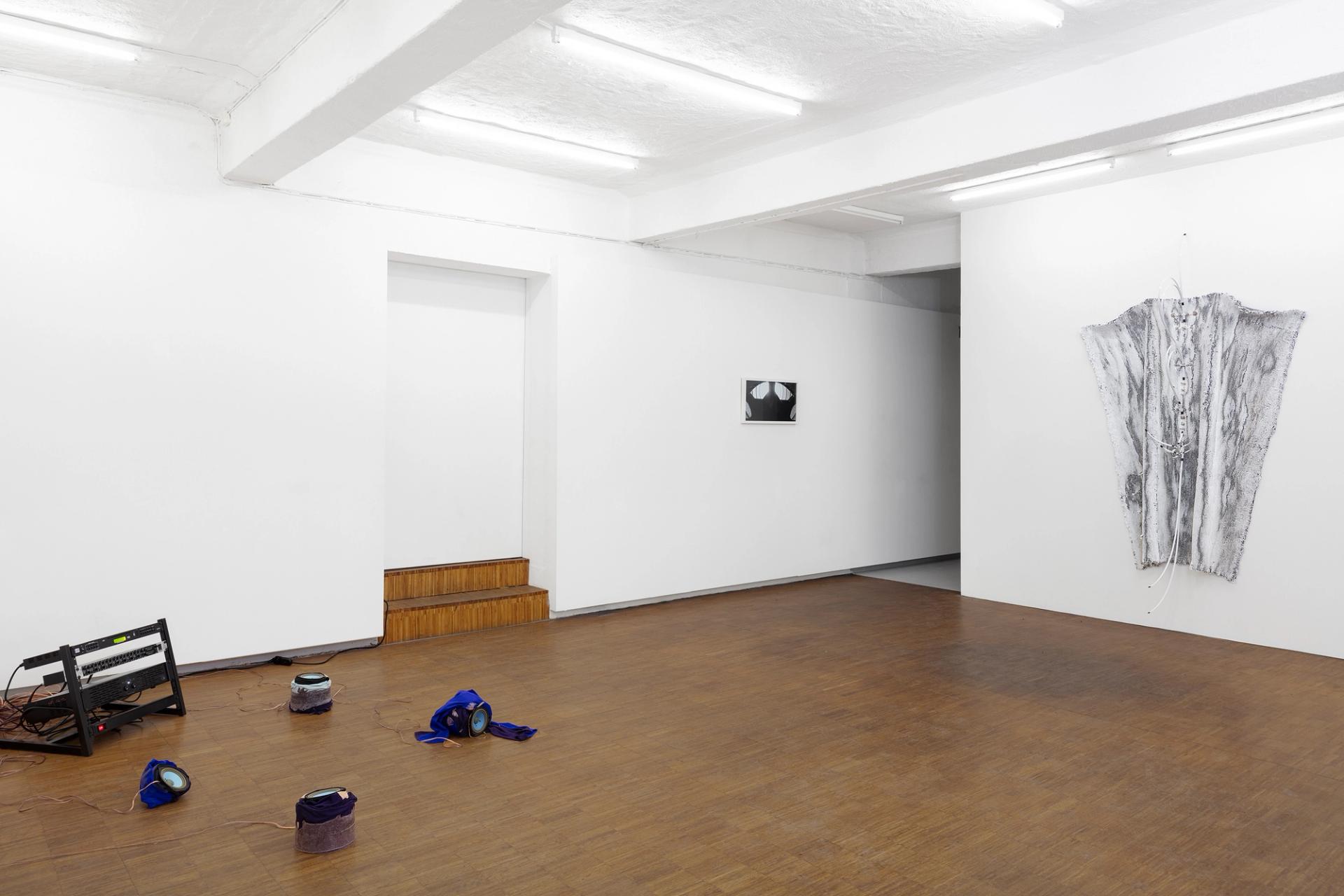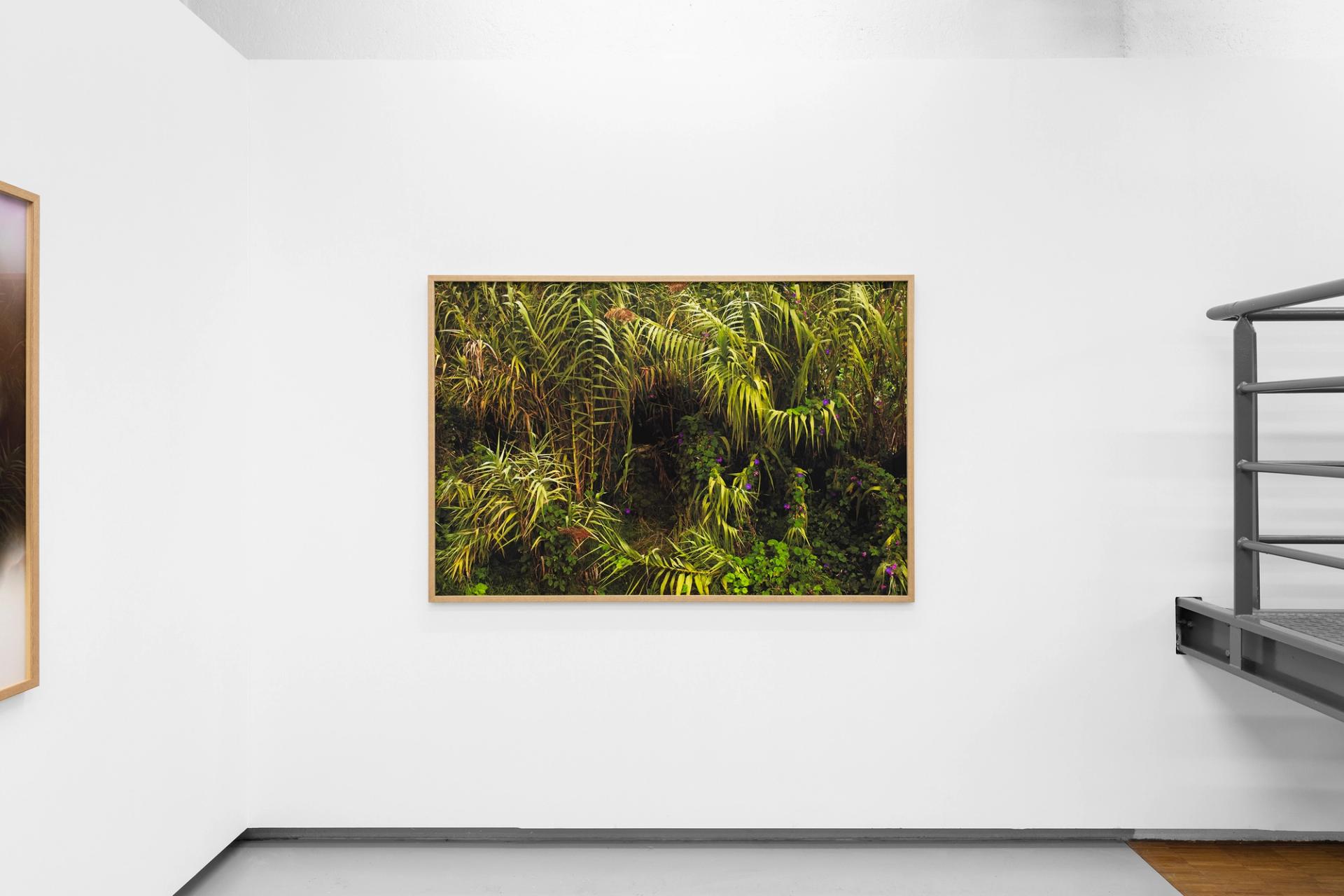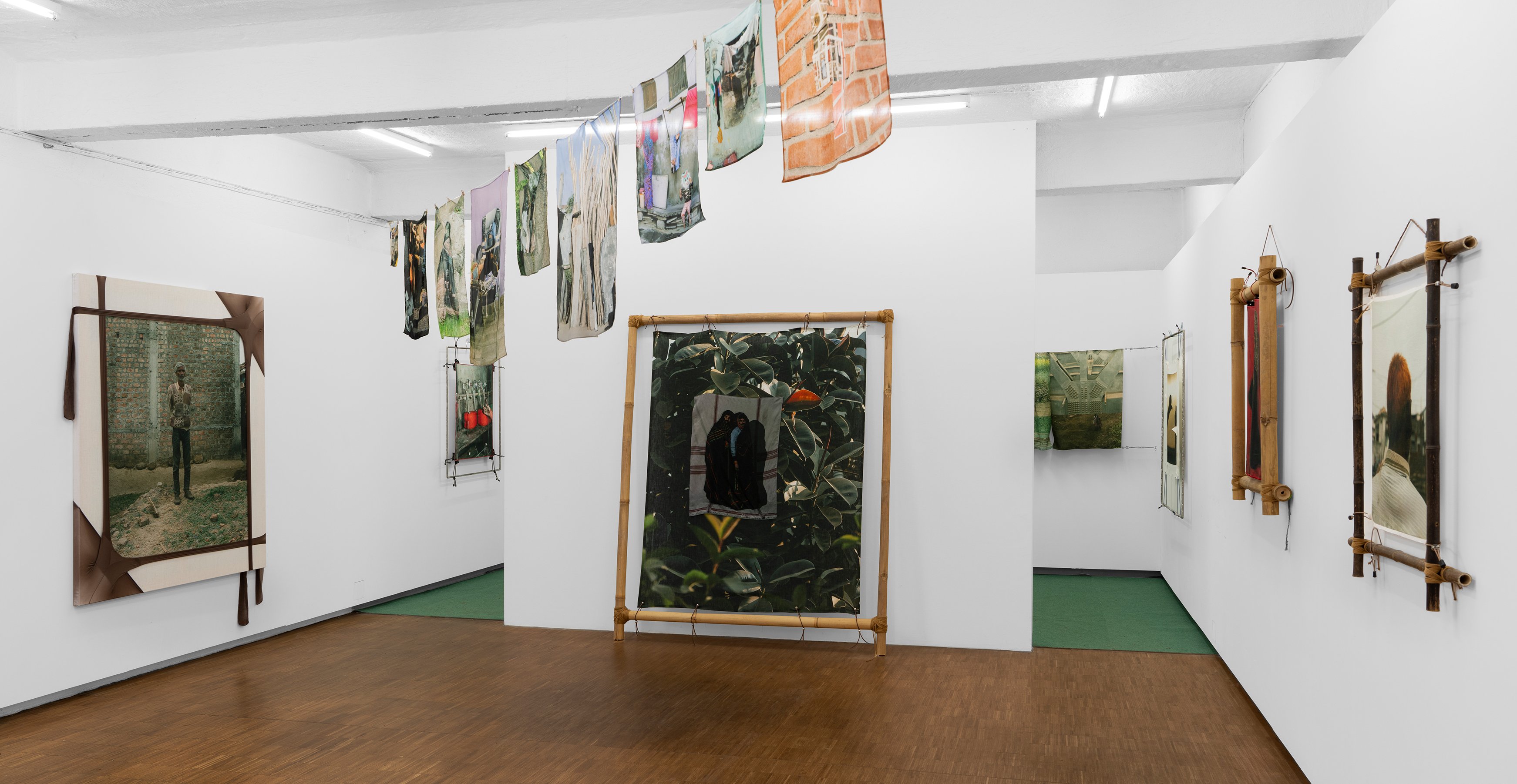
Dev Dhunsi (b. 1996, Trondheim) is a Norwegian-Indian multidisciplinary artist with education from Oslo National Academy of the Arts and The Royal Institute of Art in Stockholm. He has recently explored the distribution and attitudes towards photography and textile production creating a symbiotic relationship between the two mediums. While simultaneously looking at the world through a lens of queer theories and diasporic gaze. He has recently exhibited at Fotogalleriet (2023), Mint abf (2023, Stockholm), Melk Galleri (2022), Kunstnernes Hus (2022), National Sports Museum in Stockholm (Stockholm, 2022) and is a selected talent for the Futures Photography platform 2023.
We are excited to present Encircling Stories, Dev Dhunsi’s first solo exhibition at MELK.
Dev Dhunsi is a Norwegian artist based in Stockholm, Sweden. In recent years, his works have revolved around journeys to his father’s native country, India. His projects, developed in large installations, combine textiles, lens-based works, and experimental printing techniques into mixed media presentations. The images themselves speak to sociopolitical and anthropological questions that exist beyond the picture’s frame. Dhunsi’s works examine identity, origin, and encounters between cultures, exploring the cultural bridge between his ancestries and upbringing in the physical landscapes of Scandinavia and the techno- and mediascapes of Asia.
Dev Dhunsi’s images are usually surrounded by or immersed in water and sound. One can rarely grasp singular photographic images as he searches more complex narrations, filtering the camera’s impossibility to catch reality within the frame of the given device fully. One needs to look beyond, outside the picture, to come to terms with its realization. Therefore, the images are spinning, they split, they move, they are unreadable and part of larger installations, assuaging referential feelings.
In Encircling Stories, these images, taken in movement over seven years of returning from Punjab to Goa, cutting across several regions of India over several days of train rides, something else emerges, as the relation of peasants to their land differs every time, provoking further deferral. Such relation is indirect and unsearched, equally revealing the complexity of a region where agriculture has been under threat to monoculture and dispossession yet again in recent times. Dhunsi’s originating search addressed instead something more grand and exotic, the longest factory in the world, which was the primary purpose of the ride, with complex unconscious references in terms of desire and constructed dependency over centuries of culturally determined impositions from design history but also familiar relations from his paternal legacy and what he could bring with him from Asia to Scandinavia decades prior.
For this exhibition, Dhunsi’s images standing still are unusual. The machinic system he usually creates to make them unreadable has disappeared. Their freezing into a frame should make us feel more stable, but something remains floating without such a spinning view. Floating, free falling, is considered dangerous in our times. We are taught we need navigation to know where we are going. We need a function. We need to function within the machinic system we have been given.
Through this exhibition, Dhunsi explores how a site turns into sight, pointing to photography’s intrinsic historical function of land grabbing. He speaks about images not only capturing a landscape —as if abstract— momentarily but also serving domination power. The camera grabs the image of a territory, restricts its access, and defines its ownership. Although it seems we are given access through the field of vision to open landscape or the cultural landscape —even nature— we are recirculated as the viewer witnessing and therefore enabling knowledge of sight of the dispossessed. We are non-agential witnesses yet reproducing dispossession.
What may sound like a self-referential and philosophical perspectivization of an artistic practice —going from images that are moving to still images— in reality, is something more tangible. Dhunsi’s images from the carriages in motion over the Indian territory —a nation-state like many others determining rights over land, capital, possessions, and jurisdictions—returning to the same carriages and the same landscape periodically capture at a glance the continuous dispossession of peasants from their land through the ongoing capitalization of these grounds and the consequent displacement of its people. When land is taken away from people, they remain floating without a future.
Dhunsi would usually have left his images “laundering” and potentially be consumed by this free fall to the point of cancellation because of mechanical self-destruction.
Dhunsi’s core images of a textile factory producing bed sheets of which, on other occasions, we have heard sound, haunts us. Its sound, now turning into vision, haunts our dreams and our possibility to rest, another form of free-floating into yet another state of induced imbalance, sleeplessness. The unconscious, Modernity’s introjection of the world, is a dream state where humans think through their inner unknown, sitting on their inside instead of collectively forming cognizant forms of dwelling. Accordingly, the world implodes inside a body on a free fall, an internal chaos, the unconscious, which is also constituted by images. If we all float, though, we have the potential of losing the determinism of Western perspectivism, what continues to keep us in place. It means we have the possibility of entering a new world era, no matter how disruptive that may seem. Or we already have. We are driven by chaos, and we are part of a chaotic revolution.
There is a calming quality to this free fall of being on the verge because, instead of image production, we are losing control of visibility. Through Dhunsi’s work, there is no search for an original vision but for origination. We are embedded into a whole other interface of reality, identity, and representation, whose aim is yet to be enclosed in a single definition.
Text by Antonio Cataldo
The project and exhibition is generous supported by Kulturdirektoratet, Fritt Ord Foundation, Norsk Fotografisk Fond and FKDS (Fond for Kunst & Design studenter).

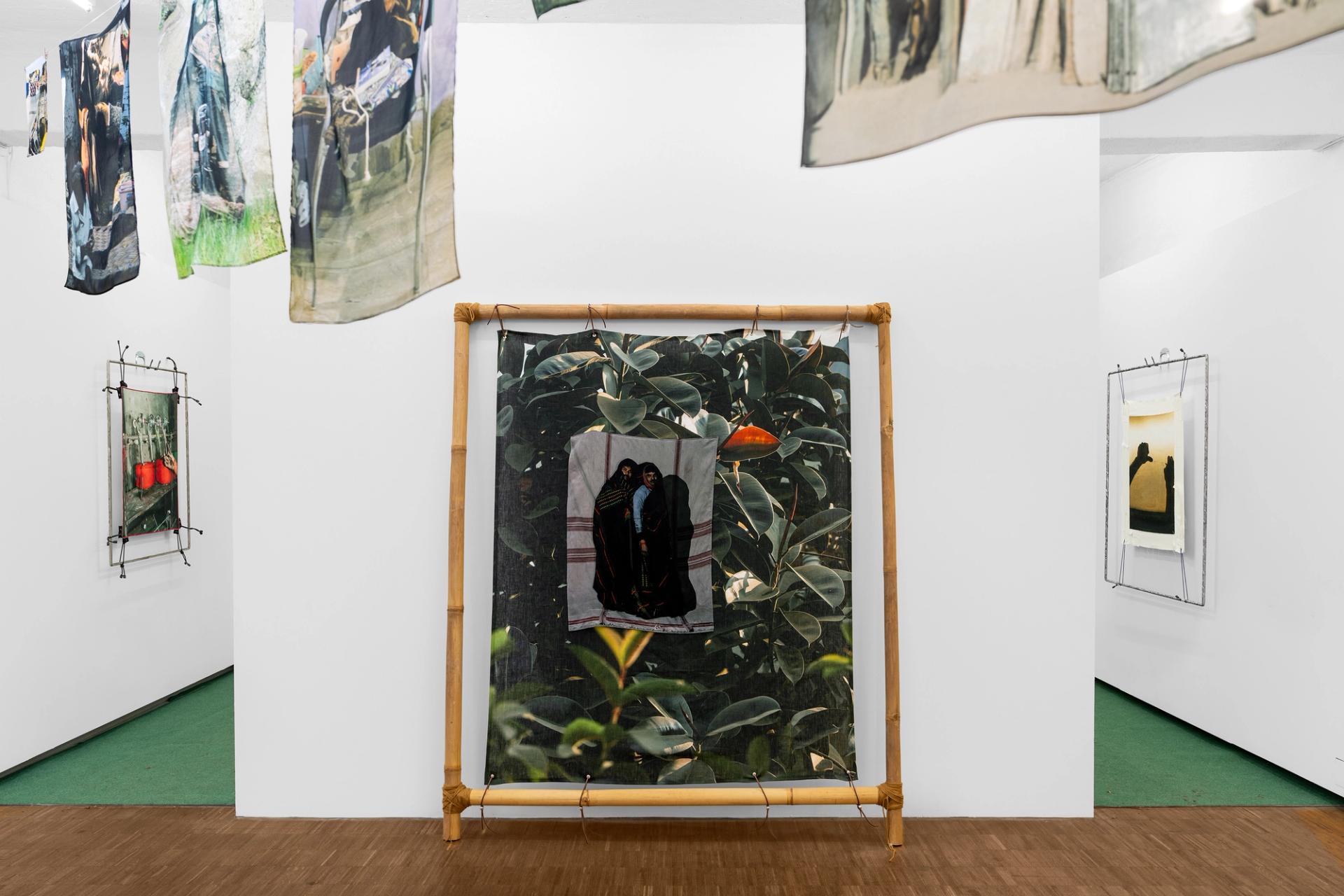
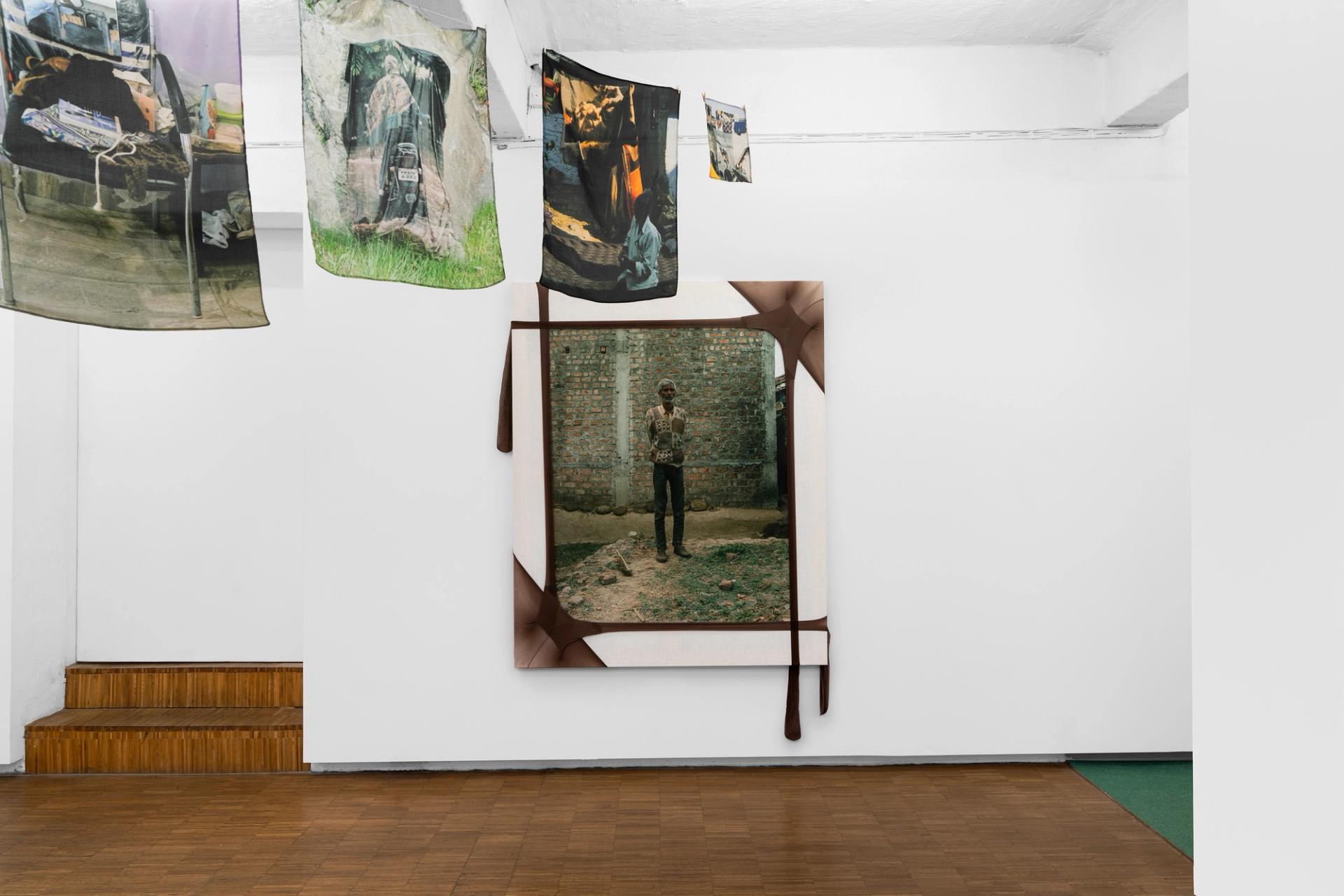
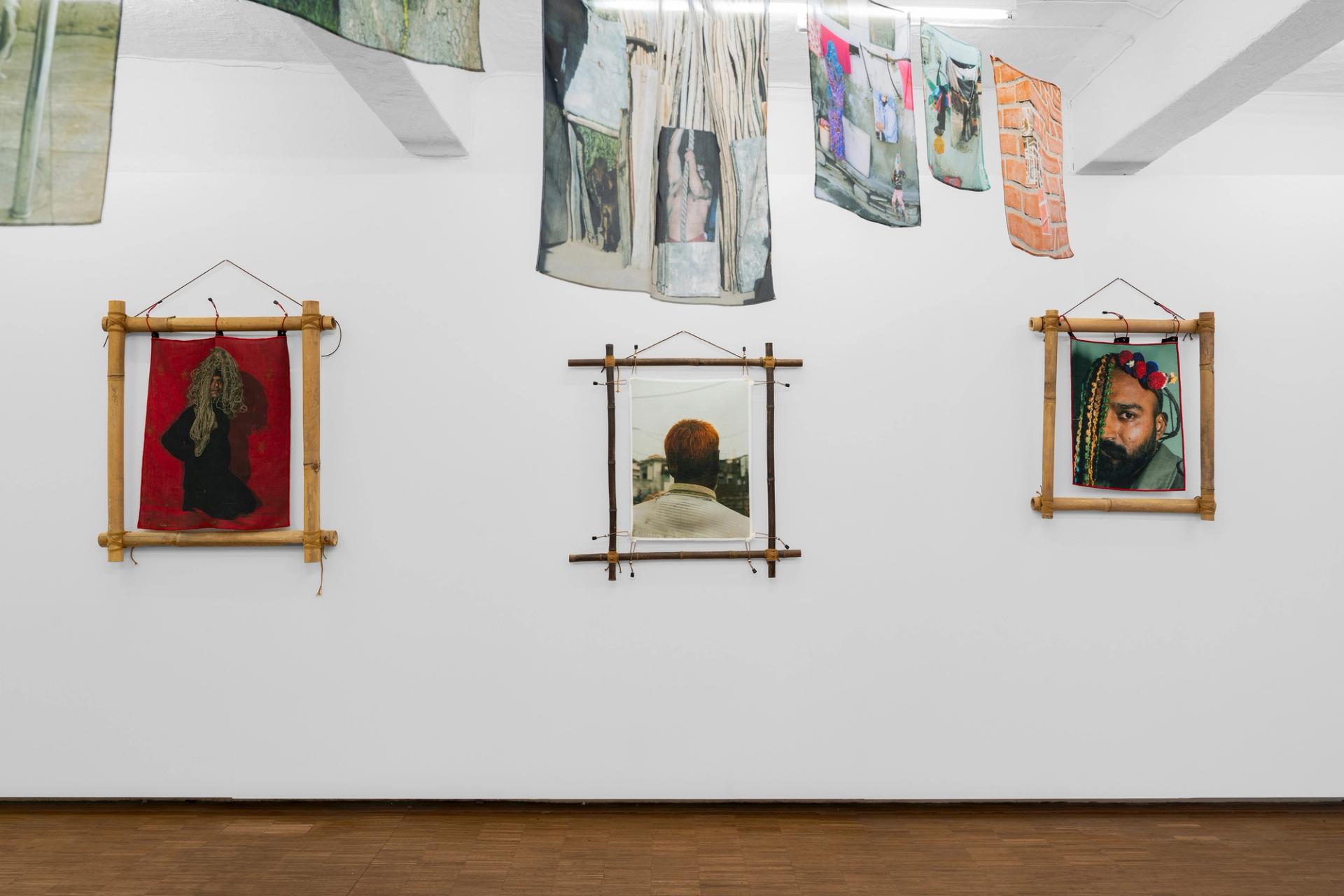
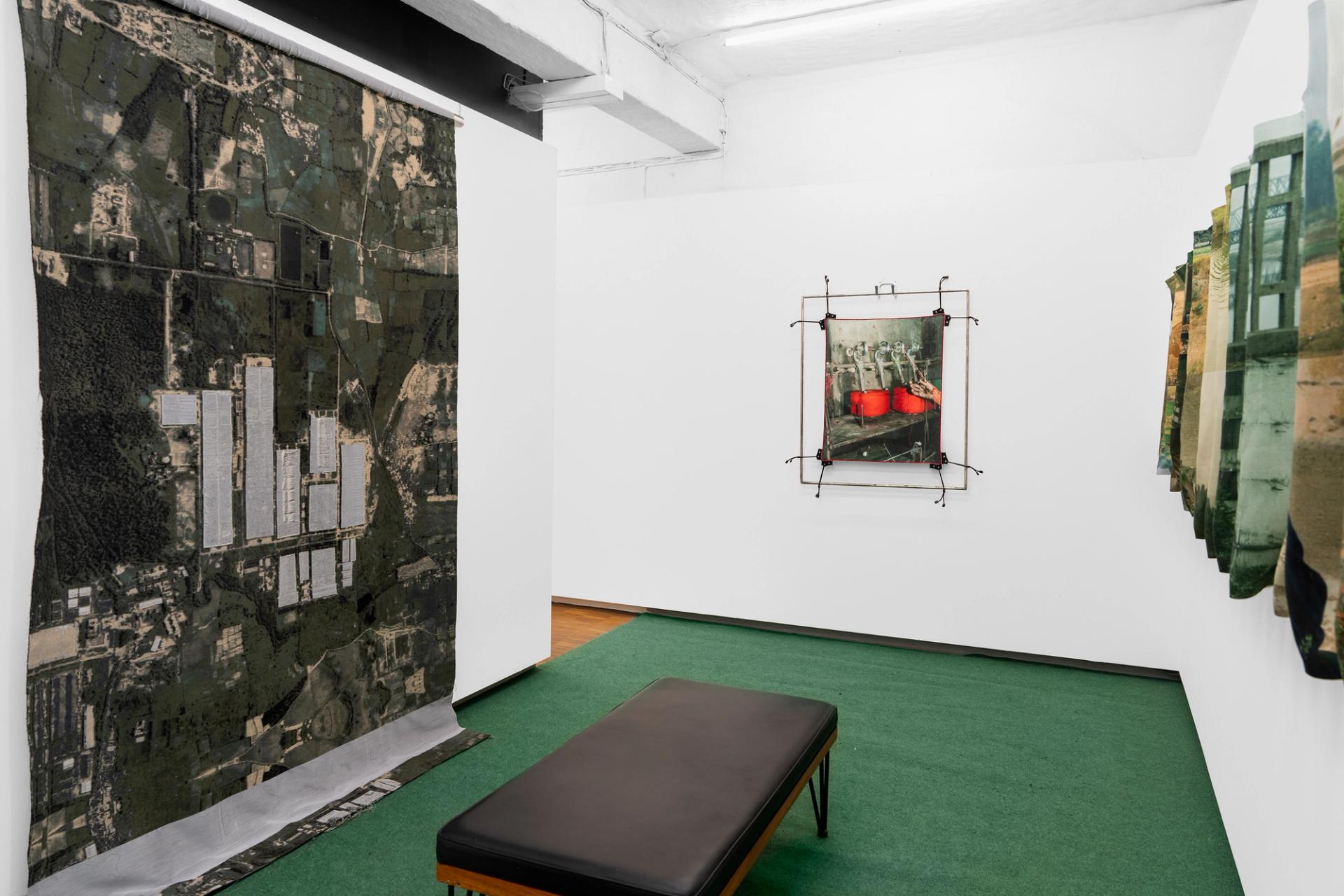
↓ Previous Shows


